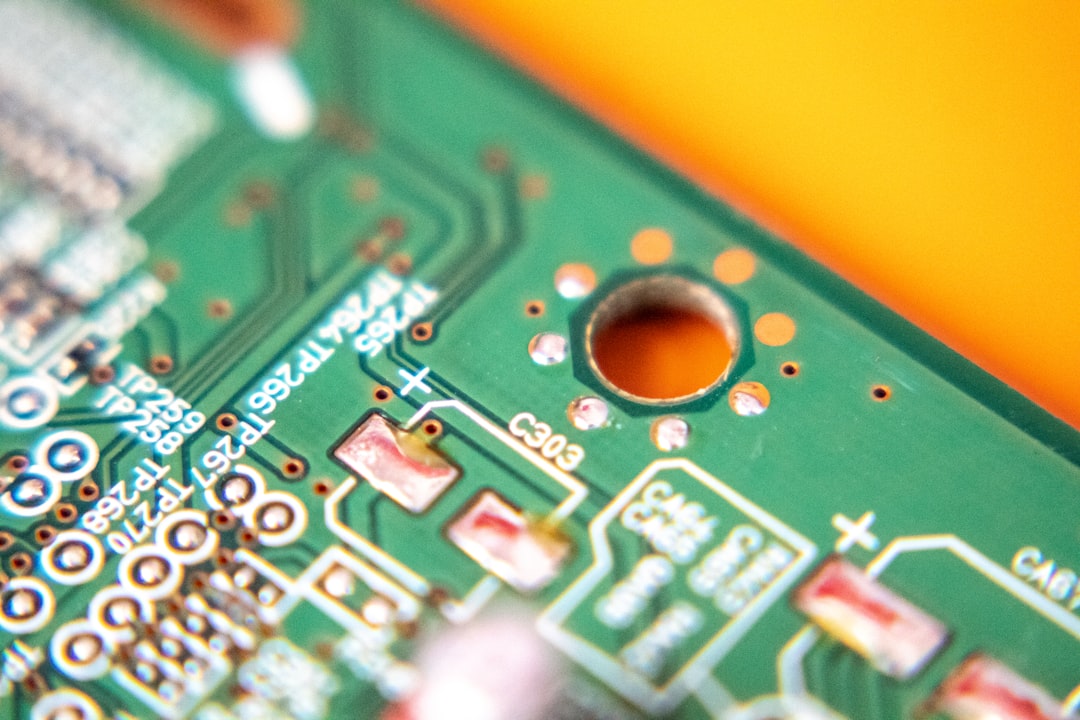What is it about?
In this study, hydrogenated amorphous carbon thin films, structurally similar to diamond-like carbon (DLC), were deposited on the surface of untreated and plasma nitrocarburised (Nitrocarburizing-treated) stainless steel medical implants using a plasma-enhanced chemical vapour deposition method. The deposited DLC thin films on the nitrocarburising-treated implants (CN+DLC) exhibited an appropriate adhesion to the substrates. The results clearly indicated that the applied DLC thin films showed excellent pitting and corrosion resistance with no considerable damage on the surface in comparison with the other samples. The CN+DLC thin films could be considered as an efficient approach for improving the biocompatibility and chemical inertness of metallic implants.
Featured Image
Read the Original
This page is a summary of: Improved electrochemical performance of nitrocarburised stainless steel by hydrogenated amorphous carbon thin films for bone tissue engineering , IET Nanobiotechnology, September 2017, the Institution of Engineering and Technology (the IET),
DOI: 10.1049/iet-nbt.2016.0163.
You can read the full text:
Contributors
The following have contributed to this page










